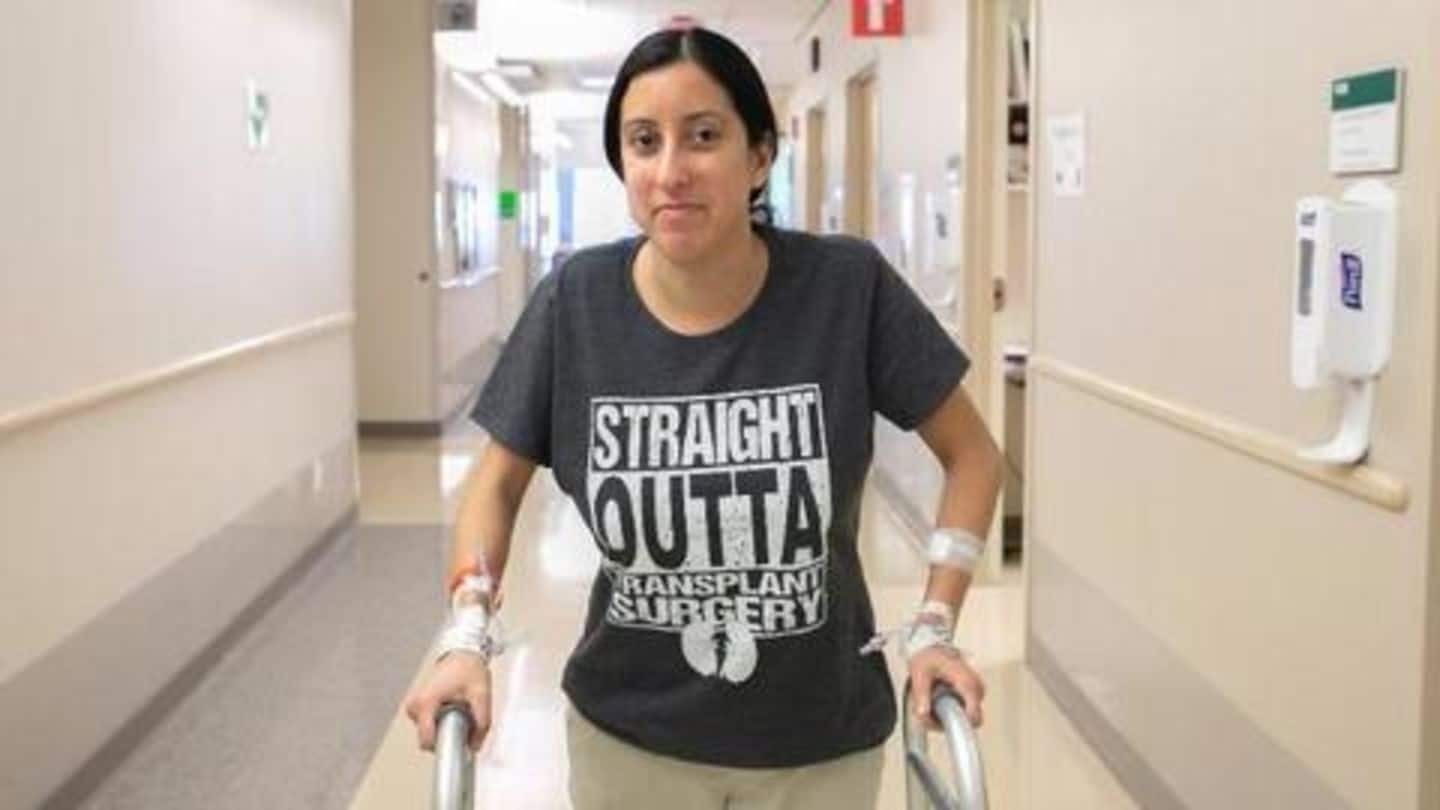

With this type of ongoing treatment, people can effectively manage HIV and even get it to undetectable levels in the blood, the Centers for Disease Control and Prevention explain.
#Woman cured of hiv after stem cell transplant how to#
And now it's up to us to figure out how to replicate that."Īlthough there is no widespread cure for HIV, patients can take antiretroviral therapy. "These rare cases suggest that it's possible. "Based on these two cases, (there may be) a way to augment the body's immune system to be able to do a better job eliminating the virus," said Walker, whose Ragon Institute led the work on these two cases.

There have also been two known cases of women - known as elite controllers - whose own immune systems eventually eliminated the virus. Deborah Persaud, scientific chair of the committee that oversees the International Maternal, Pediatric Adolescent AIDS Clinical Trials and a pediatric infectious disease specialist at the Johns Hopkins University School of Medicine, told NBC News. So, while the new case is exciting, stem cell transplants are “still not a feasible strategy for all but a handful of the millions of people living with HIV,” Dr. "Absent that, it's hard to recommend that somebody undergo a potentially lethal procedure at tremendous costs," said Walker, whose work focuses on the immune response to viral infections, particularly HIV. That's why it's only being used in cases where patients already have another potentially fatal condition. "These kinds of procedures are associated with really significant potential side effects, including death," Bruce Walker, director of the Ragon Institute of MGH, MIT and Harvard, told TODAY. The technique, developed by a team at Weill-Cornell Medicine, has some advantages over those used in previous cases, including a reduced likelihood for developing graft vs. Then, later, she received a transplant of adult stem cells. The New York patient received a haplo-cord transplant, which is actually a combination of two transplants: First came a transplant of umbilical cord blood that contained the HIV-resistant genetic mutation. The goal is to treat both the cancer (or other underlying health condition) as well as the HIV by essentially destroying and replacing the patient's immune system, Torres explained. Then, they undergo a transplant with stem cells carrying a specific genetic mutation. In general, the procedure involves first administering chemotherapy to eliminate cancerous cells in the patients' bodies. In 2019, researchers presented the cases of both the " London patient" and the " Düsseldorf patient," who both achieved HIV remission following a stem cell transplant procedure.īut the New York patient's case is unique. The first patient, a man dubbed the "Berlin patient," was in remission from HIV for 12 years before dying due to leukemia in 2020. She is the latest of a few patients to be apparently cured of HIV following a stem cell transplant like this. It can hide out and a decade later it can pop out again, so they're keeping a very close eye on it," he said. John Torres, NBC's senior medical correspondent. And she has been without detectable HIV for 14 months.ĭoctors are saying that the New York patient is "functionally" cured because, although they haven't been able to detect HIV in her blood for many months now, it will take even longer to be sure she is truly cured, said Dr. About three years after the transplant, she went off the antiretroviral medication. After chemotherapy, her cancer went into remission. The New York patient had been diagnosed with acute myeloid leukemia four years into antiretroviral therapy for her HIV, NIAID says. She is one of 25 HIV-positive participants who underwent a cord blood stem cell transplant to treat cancer or other underlying conditions as part of the IMPAACT P1107 clinical trial, which began in 2015, the National Institute of Allergy and Infectious Diseases explained. The "New York patient," as she's being called, is the fourth person - and the first woman - to be apparently cured of HIV with this type of treatment. A woman has gone 14 months without detectable levels of HIV in her body following an experimental stem cell transplant procedure.


 0 kommentar(er)
0 kommentar(er)
